Development of drug resistance in helminths
Drug resistance in parasitic worms has become one of the serious worldwide problems, especially in farm and free-living animals. The induction of biotransformation enzymes in parasites and host animals can play an important role in the development of drug resistance in helminths. In our projects, we focus on the role of these enzymes in the development of resistance in barber’s pole worm (Haemonchus contortus) which parasitizes in small ruminants like sheep and goats. The aims of our project are mainly to understand how the resistance emerges, find possibilities suppress drug resistance and increase the efficacy of the treatment.
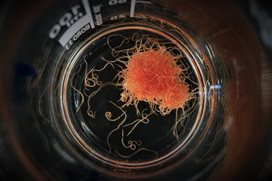 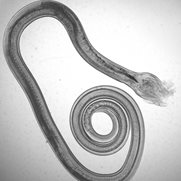 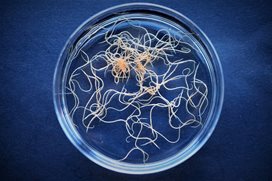
Efficacy, toxicity and biotransformation of potential anthelmintics
Current anthelmintics often lose their effectiveness due to drug resistance. We use several methods to reveal the anthelmintics effect of novel compounds, repurposed compounds, or plant extracts. The efficacy tests evaluate the impact of potential anthelmintic on different life stages of H. contortus. Our in vitro tests involve EHT (Egg hatch test), LDT (Larval development test), larval motility assay, and ATP bioluminescence assay optimized for toxicity assessment in adults. Modern trends involve automatization of these processes enabling a high throughput approach. Currently, we implement a deep learning algorithm in the motility and EHT evaluations.
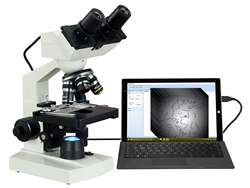 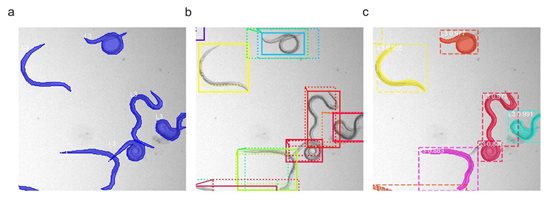
The hepatotoxicity of potential anthelmintics is evaluated using two in vitro systems; testing in primary sheep hepatocytes and precision-cut liver slices. Similarly, biotransformation of potential anthelmintic is assessed both in the host liver and in various stages of the parasite.
 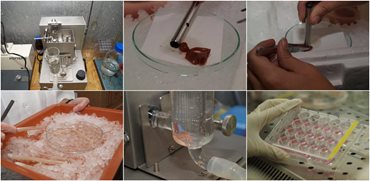
Anthelmintics in the environment
Veterinary anthelmintics, widely used drugs against parasitic worms, represent a risk to the environment as they may influence non-target organisms, including plants. Plants are exposed to anthelmintics in pastures with treated animals or in fields fertilized with dung from treated animals. Anthelmintics as well as other xenobiotics enter the plant body and can induce oxidative stress and consequent response. In addition, xenobiotics can interact with various biomolecules or interfere with endogenous metabolic or signalling pathways. Our aim is to find out new information about the impact of anthelmintics unwantedly occurring in the environment on polyphenols synthesis and on the antioxidant defence system of plants.
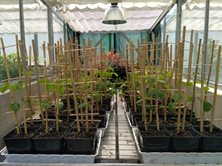 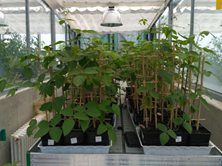 
In another project, we combine our long-lasting interest in studying mechanisms involved in the development of anthelmintic resistance among parasitic nematodes with our recent findings of the fate of anthelmintics in the environment and their metabolism in plants. We would like to elucidate if the presence of anthelmintics in plants, which are consumed by infected sheep, could cause the expression changes in nematodes and if these changes may decrease their drug sensitivity. We focus on xenobiotic-metabolizing enzymes (cytochromes P450, UDP-glycosyl transferases and ABC-transporters) and on selected microRNAs which could regulate these enzymes in nematodes.
 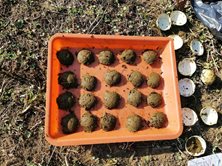 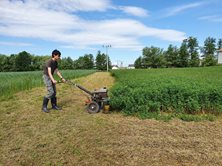 .jpg.aspx?width=125&height=166)
|